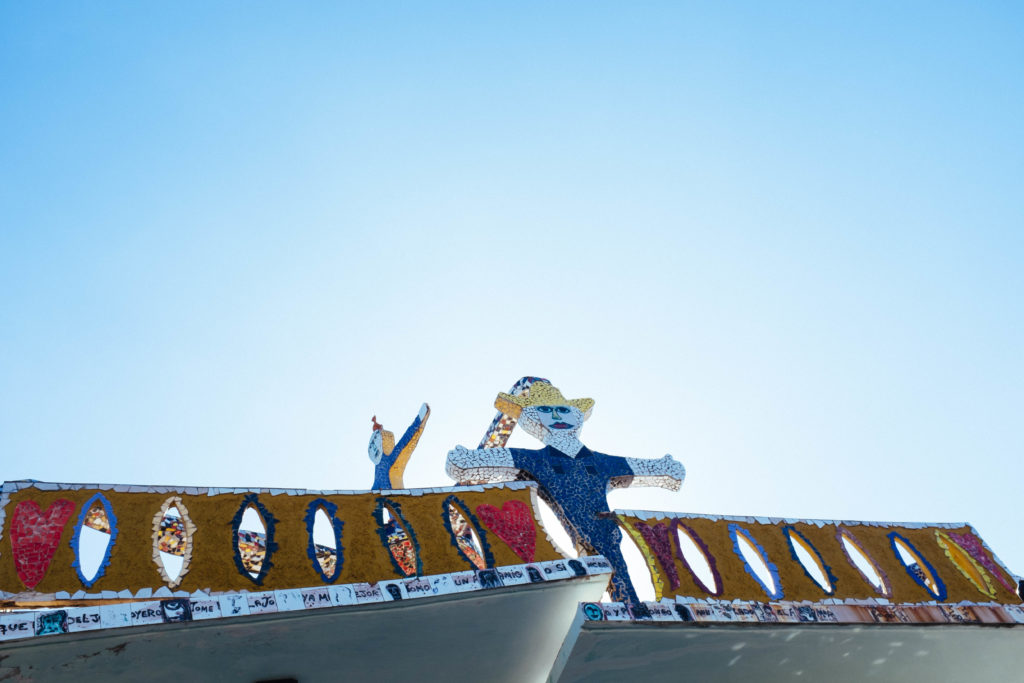I’m not entirely sure where I first stumbled across Fusterlandia. It was most assuredly online somewhere, and immediately my interest was peaked. For a while now, I’ve been so intrigued by large scale, outdoor art spaces. Traveling the United States, I’ve been fortunate to encounter a number of them: Leonard Knight’s Salvation Mountain, Joe Minter’s African Village in America, Howard Finster’s Paradise Garden, Simon Rodia’s Watts Towers, to name a few.I ended up here on a bit of a premeditated whim. Originally that day I had decided to walk out to the Plaza de Revolución. I was a bit disheartened, arriving to a large, hot, parking lot. Paired with the continuous stream of tour buses, selfie sticks, and cabezas adorned with fedoras, this particular day was coming up a bit shy of the images of grandeur and revolution that played in my head. It was one of the lone times that the most contemptuous “taxi, amgio?” sung sweetly to my little corazon.
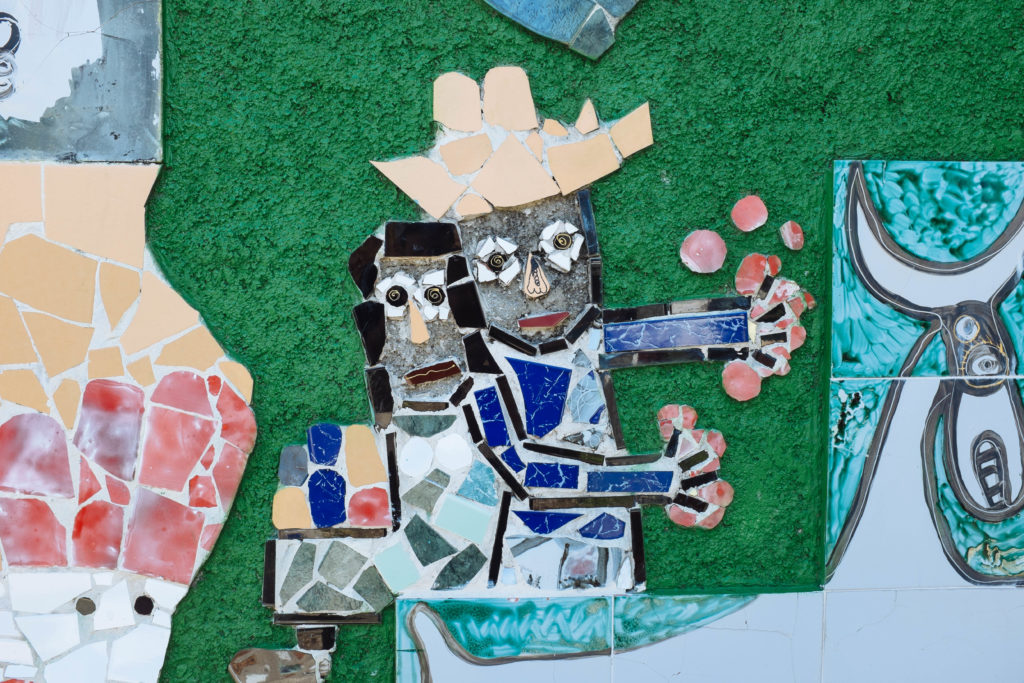
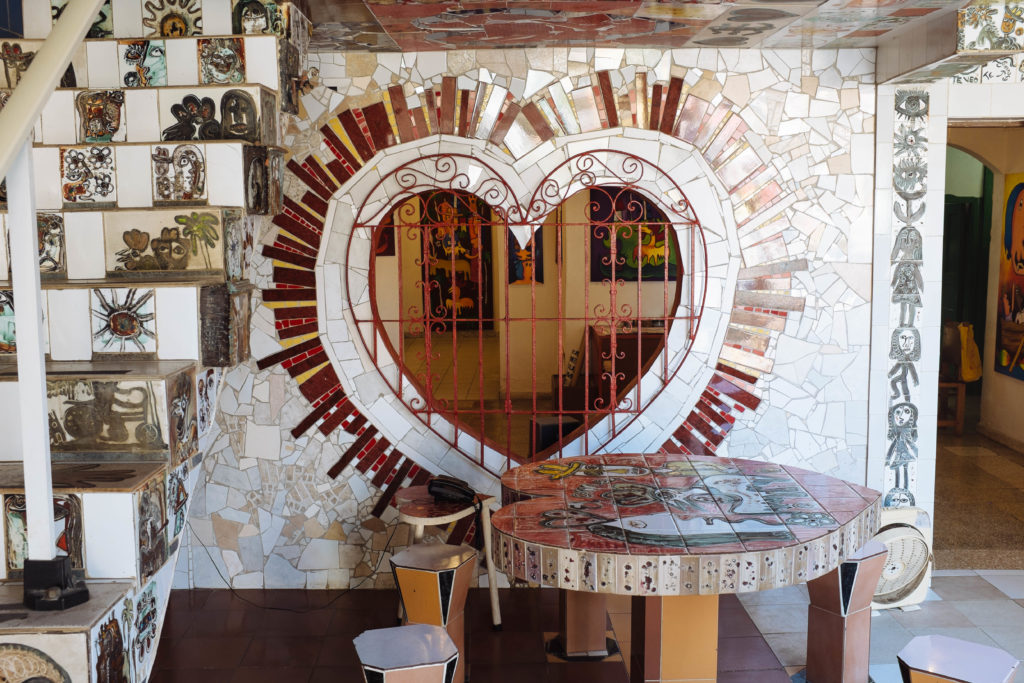 Arriving to the Jaimanitas neighborhood you immediately begin to notice the adornments of a man on a mission. The amount of real estate that is covered by ceramics is truly remarkable. Sometimes you land at these sites, and it is consumed with a certain visual voracity of okay, seen it, what’s next? But to pause, and actually think about what it takes to create something of this nature, that’s when it starts to feel special.
Arriving to the Jaimanitas neighborhood you immediately begin to notice the adornments of a man on a mission. The amount of real estate that is covered by ceramics is truly remarkable. Sometimes you land at these sites, and it is consumed with a certain visual voracity of okay, seen it, what’s next? But to pause, and actually think about what it takes to create something of this nature, that’s when it starts to feel special.
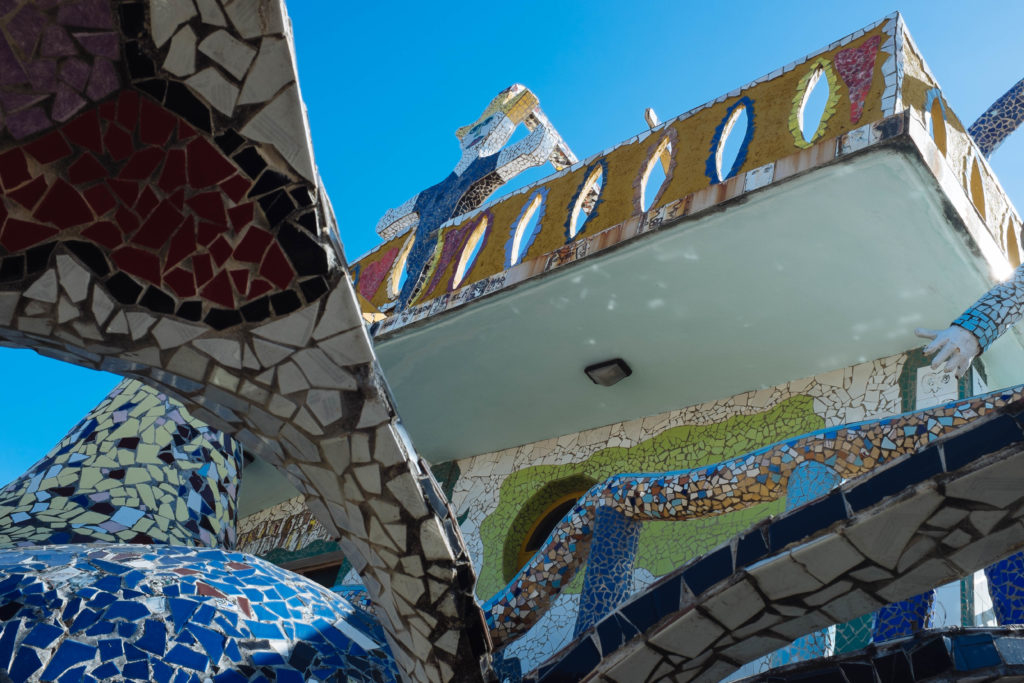 I happened to arrive smack dab in the middle of non operational hours (12p – 2p). How cruel that someone would break for lunch! The thought of having to wait for something! Gasp! Unknown at the time, this is exactly what needed to occur. I don’t think I would have explored the side streets with as much thoroughness. I also realized, that this is when the tour buses are accommodated. Kind of a luxury to wait until 2:00p, to experience the place with less people. I almost had the entire place to myself.
I happened to arrive smack dab in the middle of non operational hours (12p – 2p). How cruel that someone would break for lunch! The thought of having to wait for something! Gasp! Unknown at the time, this is exactly what needed to occur. I don’t think I would have explored the side streets with as much thoroughness. I also realized, that this is when the tour buses are accommodated. Kind of a luxury to wait until 2:00p, to experience the place with less people. I almost had the entire place to myself.
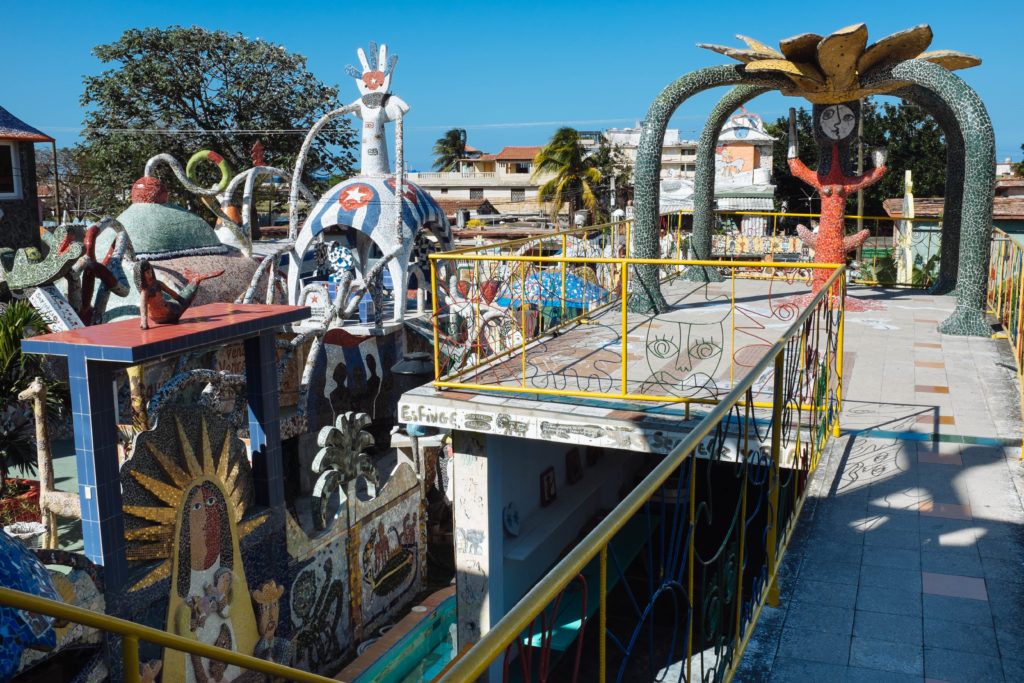
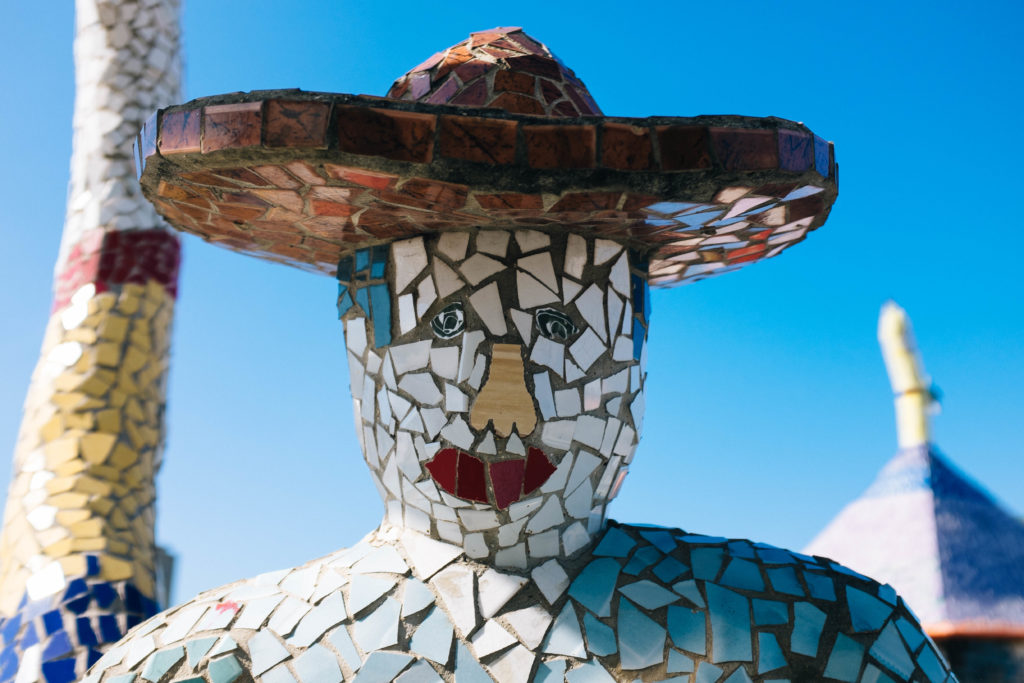 The amount of visual stimuli at Fusterlandia is overwhelming. You could spend a substantial amount of time tracing how the different ceramics flow seamlessly throughout the home. To me, a visitor, it all seems quite lovely. I can’t help but wonder what the neighbors must’ve thought about all of this at the onset of it’s creation. This didn’t just appear overnight. Fusterlandia is a long haul project that is progressively showing itself to its creator. I would be curious to return to the neighborhood at some point down the road.
The amount of visual stimuli at Fusterlandia is overwhelming. You could spend a substantial amount of time tracing how the different ceramics flow seamlessly throughout the home. To me, a visitor, it all seems quite lovely. I can’t help but wonder what the neighbors must’ve thought about all of this at the onset of it’s creation. This didn’t just appear overnight. Fusterlandia is a long haul project that is progressively showing itself to its creator. I would be curious to return to the neighborhood at some point down the road.
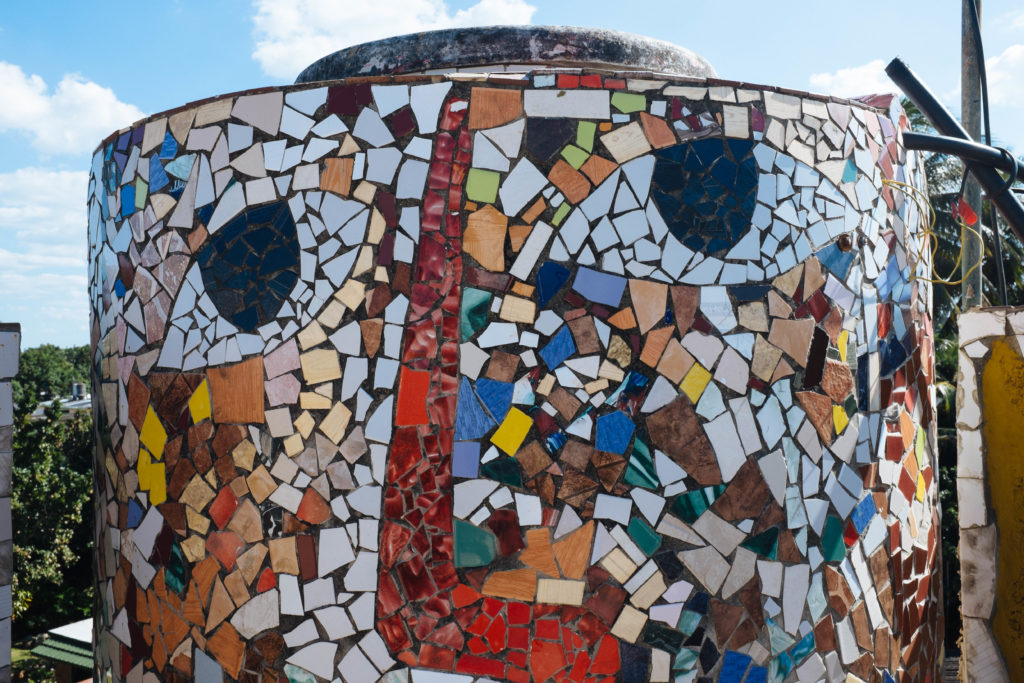
 There is no admission fee to Fusterlandia; however, there are a number of painted tiles and other art works for sale, created by Jose Fuster. I have no concept of operational costs, upkeep, or what the legal liabilities are of having droves of people descend upon the property. I’m curious how the Cuban government views Fusterlandia. So many questions impeded by language skills! Blah! I can only imagine what that moment felt like for Jose Fuster when he felt the shift from personal endeavor, into something more.
There is no admission fee to Fusterlandia; however, there are a number of painted tiles and other art works for sale, created by Jose Fuster. I have no concept of operational costs, upkeep, or what the legal liabilities are of having droves of people descend upon the property. I’m curious how the Cuban government views Fusterlandia. So many questions impeded by language skills! Blah! I can only imagine what that moment felt like for Jose Fuster when he felt the shift from personal endeavor, into something more.
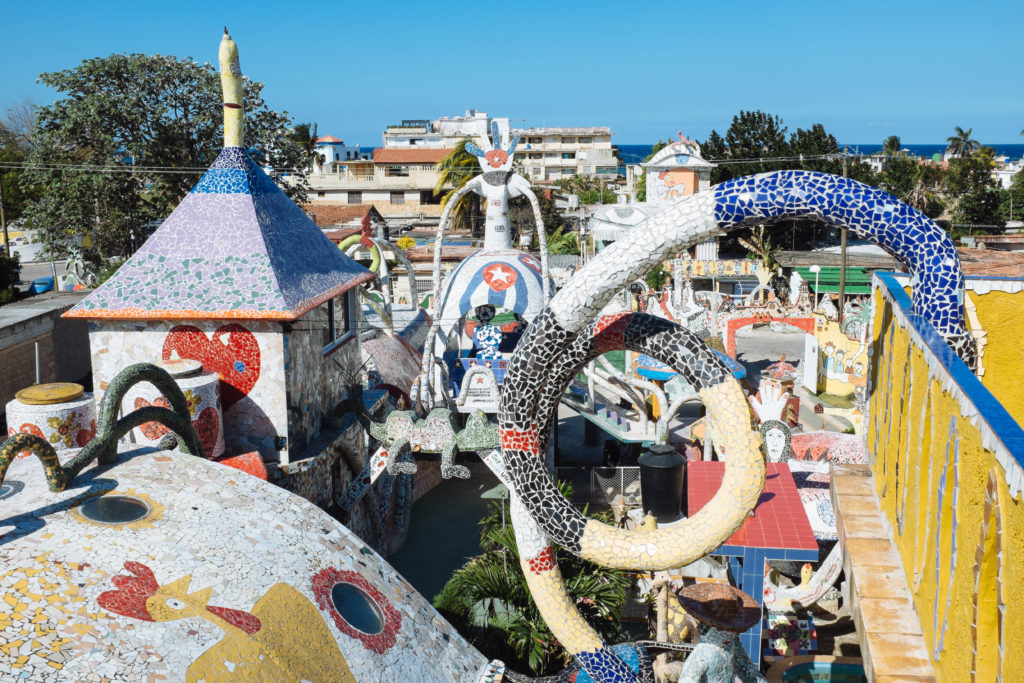
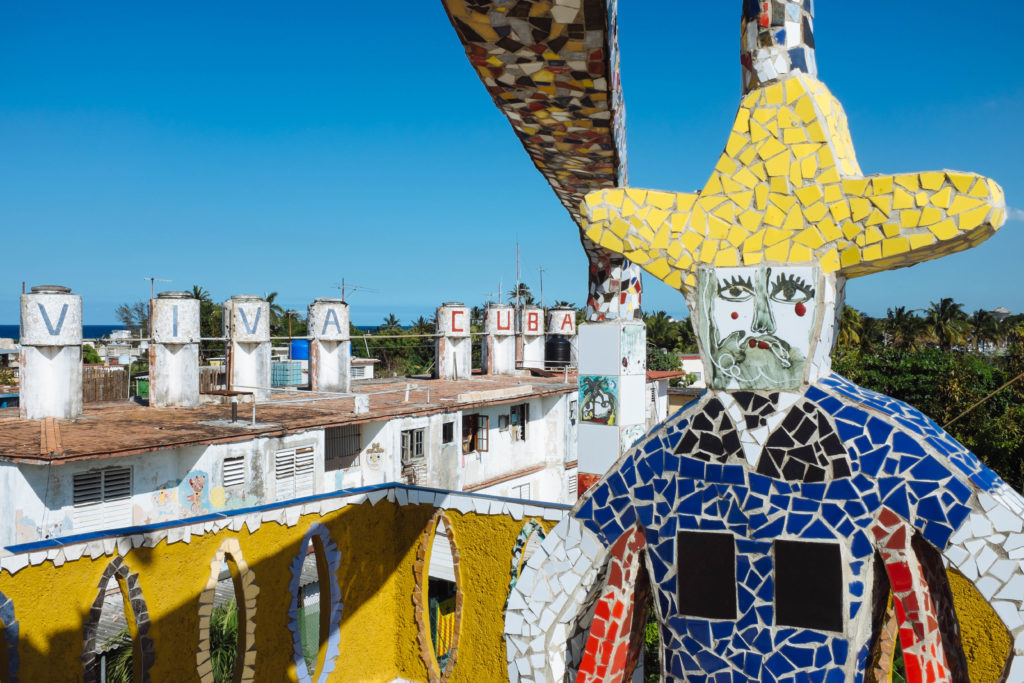 One would be remiss to not mention Picasso and Gaudí in all of this, but the location of Fusterlandia is what makes any art space stand apart from its counterparts, in my opinion. If you happen to find yourself in Havana, I suggest making the 30 minute trek westward to experience this place. Viva Cuba!
One would be remiss to not mention Picasso and Gaudí in all of this, but the location of Fusterlandia is what makes any art space stand apart from its counterparts, in my opinion. If you happen to find yourself in Havana, I suggest making the 30 minute trek westward to experience this place. Viva Cuba!


